Search
Remove Ads
Advertisement
Summary 
Loading AI-generated summary based on World History Encyclopedia articles ...
Search Results
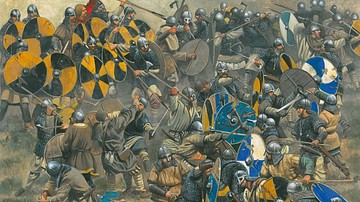
Article
Battle of Brunanburh
The Battle of Brunanburh, fought in the autumn of 937 at an unknown location, saw the English king, Aethelstan (r. 924-939), defeat a coalition of invading armies led by Constantine II of Scotland (r. 900-943) and Olaf Guthfrithson of Dublin...

Article
Bergen – Visiting the Hanseatic Trading Town on the West Coast of Norway
Bergen is a lively, historic city located on the west coast of Norway. Known for its history as a Hanseatic trading town of fish from the north, Bergen has much to offer those who visit. The most famous site is the colorful "Bryggen" or German...

Article
The Vikings in Iceland
The medieval sources on the discovery and settlement of Iceland frequently refer to the explorers as “Vikings” but, technically, they were not. The term “Viking” applies only to Scandinavian raiders, not to Scandinavians generally. Some of...
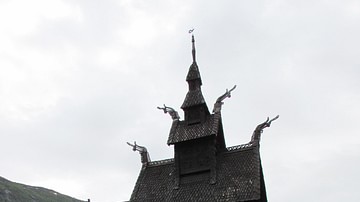
Article
Stave Churches: Norway’s National Treasures
Stave churches are the most famous medieval buildings in Norway and are admired for their unique architecture and beautiful decorations. They are named after the staves or masts that hold up the main structure of the church. Only 28 stave...
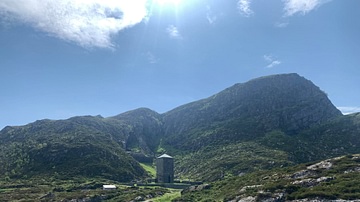
Article
Selja Monastery - The Sacred Island off the West Coast of Norway
Selja monastery has been considered one of the most sacred sites in Norway for more than 1000 years. The monastery is connected to the legend of St. Sunniva (10th century CE), who is the only female Norwegian saint, and was for a long time...
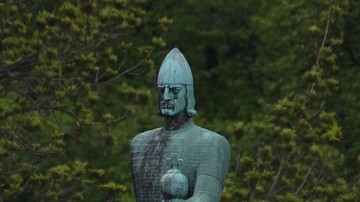
Image
Olaf Tryggvason
Statue of the Norwegian King Olaf Tryggvason (r. 995–1000 CE) located in the city of Trondheim in Norway. Olaf is usually seen as having played an important part in the conversion of Norse to Christianity.
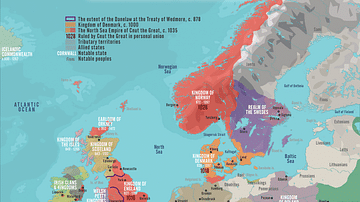
Article
The Danish Conquest of England
The Danish conquest of England was not a singular event, but a series of large Viking invasions of England between 1013 and 1016, which eventually overthrew the native English dynasty. As a result, four kings from the House of Denmark ruled...
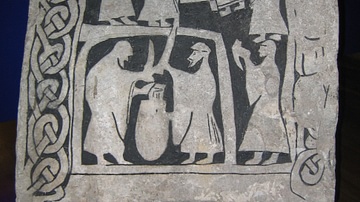
Article
Norse Alcohol & The Mead of Poetry
Alcohol played an integral part in Norse culture. People drank ale more than water because the brew had to be boiled as part of the process and so was safer to drink. The Norse of Scandinavia had four main types of fermented beverage: ale...
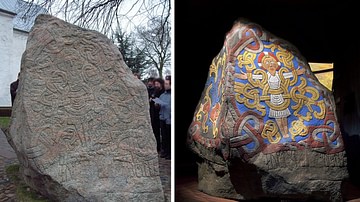
Article
Harald Bluetooth & the Conversion of Denmark
In Scandinavia, Christianity spread due to the support and encouragement of political rulers at the top of the society above all else. Conversion, defined here as the actions taken by kings or clerics to introduce the new religion, did not...
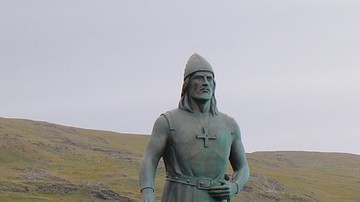
Article
Twelve Great Viking Leaders
The Viking Age (c. 790-1100 CE) transformed every aspect of the cultures the Norse came in contact with. The Vikings usually struck without warning and, in the early years, left with their plunder and slaves to be sold as quickly as they...